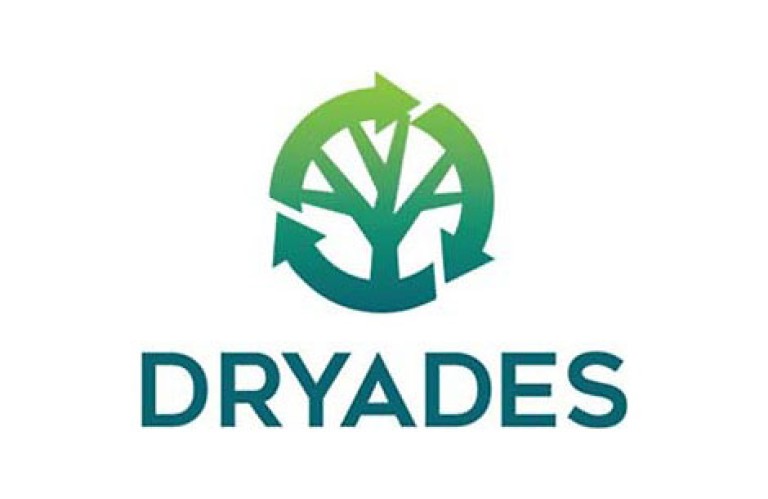

20.10.2023
On October 5, ATIBT's forester and importing members met at the association's head office in Nogent-sur-Marne, both face-to-face and by videoconference, for this final workshop on life cycle assessments for certified tropical timber.

In 2021, ATIBT and the forest companies INTERHOLCO (Republic of Congo), PALLISCO CIFM (Cameroon), PRECIOUS WOOD (Gabon), ROUGIER (Gabon) co-financed and promoted the "Dryades" project, which aims to add value to tropical wood products in the construction sector by providing a range of eco-certified products in the Congo Basin, Lifecycle Analyses (LCAs) - from Africa, Environmental Product Declarations (EPDs) and Environmental and Health Data Sheets (EHSDSs).
This project received substantial support from PPECF under the aegis of COMIFAC. CIB OLAM and ATIBT also co-financed this project alongside the donor and forest companies.
As a reminder, in France, according to the RE 2020 regulation (publication in January 2022), construction products without an Environmental and Health Data Sheets (EHSDSs) will be assigned penalizing environmental data by default (multiplied by a factor of 3 to 10). At European level, as part of the reinforcement of the Construction Products Regulation (CPR), the European Commission has drafted a delegated act to make environmental declarations mandatory as part of the CE marking of construction products. In addition, there is a structuring trend towards products with EPDs (Environmental Product Declarations) in the European construction market.
The first stage involved Life Cycle Impact Assessments (LCIA).
The ATIBT has carried out 12 Life Cycle Impact Assessments (LCIA) - starting in Africa - for the main certified wood products from the Congo Basin manufactured by its Fair&Precious members, who manage certified forests. The results of these 12 LCIAs can now be downloaded from the ATIBT website.
These EICVs are intended for distribution :
Who are the "rightful owners" of these EPDs?
All ATIBT member companies that produce Congo Basin wood products from sustainably managed forests (certified timber). Customers of ATIBT members will be able to use these EICVs to make their environmental declaration (EPD / EHSDS or other LCA).
Note that these sheets can also be used by companies managing certified sustainably managed forests (FSC / PAFC) who are not ATIBT members. A written request for authorization must be sent to the ATIBT (info@atibt.org).
The second stage involved the production of 3 Environmental and Health Declaration Sheets (EHSDS).
ATIBT has produced 3 Environmental and Health Declaration Sheets (EHDS) for decking, cladding and tiles made from Congo Basin timber from sustainably managed forests. These collective ESDS will provide building professionals (builders, architects, design offices, etc.) with reliable, verified environmental information to help them develop projects that comply with France's RE 2020 requirements.
Available free of charge from the INIES database (reporting body of the International Tropical Timber Technical Association), the three collective FDES are:
EHDS show that the quantity of biogenic carbon stored, corresponding to the StockC indicator calculated in the RE2020, is 8.3 kg of carbon per m2 for decking and 6.1 kg of carbon per m2 for cladding. Wood products, like all sources of biomass, are composed of carbon. Through photosynthesis, wood captures and sequesters CO2, which it then stores. Using wood means using a material that contains carbon (49.4% of wood's dry mass) and keeps it out of the atmosphere. This carbon storage, coupled with low fossil CO2 emissions, contributes to a low ICcomponent indicator, helping to reduce the building's overall carbon footprint: 2 kg CO2 eq/m² of decking and 0 kg CO2 eq/m² of cladding. Finally, the resource depletion indicator is also a strong point for certified tropical wood decking and cladding, as wood and bio-based products are renewable materials.
*An EHDS is a standardized document that presents the results of a product's Life Cycle Assessment, together with health-related information, with a view to calculating the building's environmental and health performance for its eco-design.
From 2004 to 2014, EHSFs were initially governed by AFNOR standard NF P 01-010, and since 2014 they have been governed by standard NF EN 15804+A1 and its national supplement NF EN 15804/CN. They take into account the product's entire life cycle, from extraction of raw materials to end-of-life, not forgetting transport, implementation and use of the product itself (cradle to grave). ESFs are thus a major multi-criteria tool to help professionals in their choices to make buildings more sustainable, with limited impact on the environment, while creating a healthy environment for future users.
This workshop was followed by a presentation of the "Contract and usages" project that ATIBT is currently implementing with the support of ITTO.
ATIBT members wishing more information on these projects can contact the association's team.
The recording of the whole workshop is available here.
Presentation "DRYADES results presentation " (in French)
To find out more, don't hesitate to read or watch :